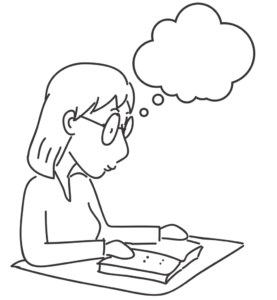Whether its called stress management, relaxation training, or its newest incarnation, Resiliancy, it seems that the question of healthy response to the stress of daily life is on everyones mind. But its important to remember a few things about stress that are rarely discussedif known at all!
1) Stress wont hurt you. Hans Selye, the father of stress was a polylinguist, whose first language was not English. Before he died, he said that, had his command of English been more precise, he would have been known as the Father of Strain rather than stress. Whats the difference? Enormous, from an engineering standpoint. Stress is pressure divided by unit area, whereas strain is measured in deformation per unit length. In other words, while strain speaks to the load you are carrying, strain deals with the degree to which that load warps you out of true. In other words, it is NOT stress that hurts you. It is strain.
2) Stress is necessary for life and growth. Far from being something you avoid, when healthy, the body and mind respond to environmental stress by becoming stronger. Look at this in the arena of physical fitness. Imagine a triangle with each of the three corners having a different designation: Stress, nutrition, and rest. Stress equals exercise, nutrition equals the foods taken in before and after the exercise, and rest equals well, rest. If you have either too much or too little of any of these, the body breaks down. Note that astronauts in orbit must be very careful to stress their bodies daily with stationary bicycles and other apparatus: zero gravity decreases stress to the point that the bones literally begin to lose calcium. The truth is that, in life, we are rewarded largely for how much stress we can take without breaking. The intelligent approach is to both reduce unnecessary stress and to increase our ability to handle healthy stress without straining.
3) Come of the best research comes from our former enemies! Russian research into the body-mind dynamic has produced valuable results. They figure that any physical technique has three aspects: Breath, Motion, and Structure, and that these three are dependant upon one another. Stress dis-integrates this structure as it morphs into strain. The first to be disturbed is almost always breathing. This is the reason that martial arts, yoga, Sufi Dancing and so many other disciplines can use the physical as a vehicle for spiritual transformation. As we learn to handle greater and greater amounts of stress with grace, we naturally evolve to higher levels of integration and performance. It is our birthright.
4) It doesnt take years to learn proper breathing techniques. Seek out a Chi Gung, yoga, or Tai Chi teacher and say you want to learn proper belly breathing. A good teacher can convey the basics of this critical skill in an hour or less.
5) You dont have to meditate for an hour a day to get the benefits. While its fabulous to spend two twenty minute sessions a day, massive benefits can be gained with just five minutes a day. Heres the trick: its not five minutes all at one time, its five one minute sessions spaced through the day. At every hour divisible by 3: 9, 12, 3, 6, and 9, simply stop and breathe properly for sixty seconds. You can do this while walking down the street, or sitting in a business meeting. The important thing is to learn a proper technique, and to practice it briefly, and correctly. This single act will improve posture, energy, digestion, and turn stress into high performance. Five minutes a day it will seem a pain at first, but once youve got the hang of it, its the best 300 second investment youll ever make!






